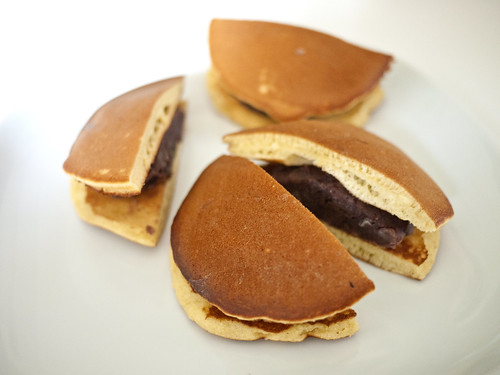
When I wrote about dorayaki, the sweet pancake-sandwich that is cat-robot Doraemon's favorite snack for the Japan Times back in October, I promised to post a recipe for making the little pancakes. Well finally here it is!
Filed under:
japanese sweet manga snacks japan wagashi japanese culture anime
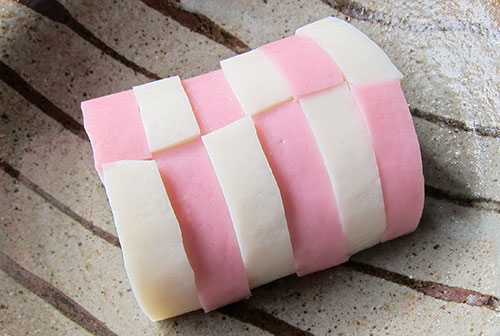
About kamaboko, the humble, rubbery fish cake that is ubiquitous at this time of year, but is also eaten year-round.
Filed under:
japanese ingredients fish washoku
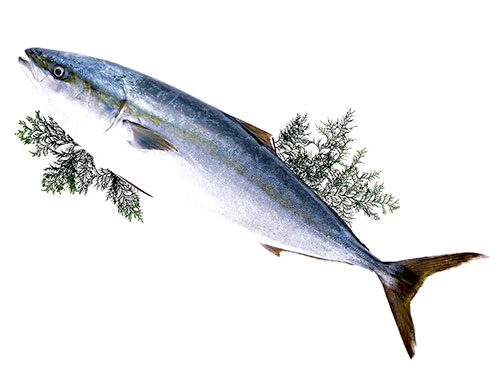
Fish that get on in life, plus a super-simple recipe for teriyaki fish made in the oven.
Filed under:
japanese ingredients fish japan washoku
I get asked a lot of questions by email, Twitter and on Facebook (as well as on Quora, although I am taking an extended break from that at the moment). Sometimes the answers may be of interest to a broader audience, like two I received recently. I've taken out any personal details and so on in the questions. This week's questions are about miso and learning Japanese.
Filed under:
japanese ingredients miso answering questions
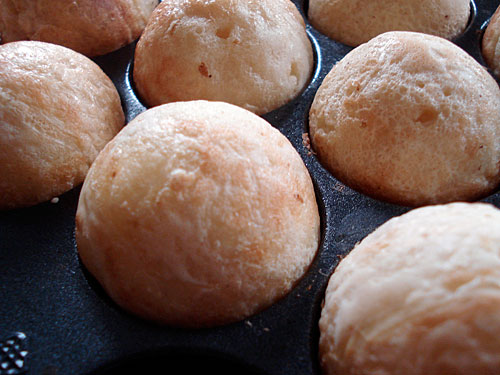
[Note: I am reposting this article from the archives because of this paragraph. Several people have said in the comments that a Danish Æbleskiver or ebleskiver pan would be a good substitute for a takoyaki pan. You also see this mentioned on other sites. I finally got a chance to hold a real ebleskiver pan in my hands, and the bad news is that I am not sure it really would make a good substitute. The pan makes round cakes shaped similarly to takoyaki, for sure, but they are maybe 5 to 6 times the size of a takoyaki. So what you'd end up with are huge dumplings, which would need to be cooked a lot longer than takoyaki do. One of the main features of a takoyaki is the contrast between the slightly crispy outside which gradually softens under the sauce, and the just-cooked, piping hot creamy interior. I really don't think you can get that with a huge er, ball. But if you have tried it for yourself, please let me know.
Another note: The video I mention below that was so great has been withdrawn due to copyright violation from YouTube. I'll replace it with more complete instructions as soon as I can, but in the meantime you can still make takoyaki from the recipe.
This was originally published in July 2007.]
Filed under:
japanese party food
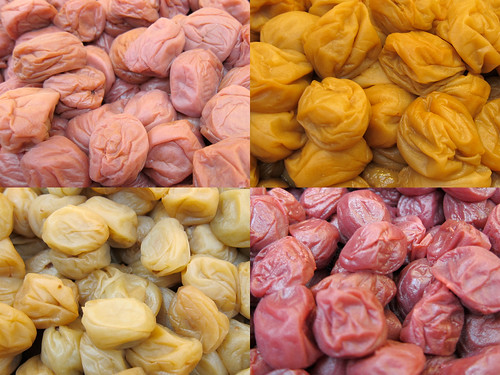
This month's Japan Times article is about umeboshi, the sour-salty pickled fruit (usually called a pickled plum, though it's actually more related to an apricot) that's practically a national symbol.
I've written quite a lot about umeboshi on these pages before of course, including how to make your own if you can get a hold of the fresh ume fruit, following my mother's instructions.
Filed under:
japanese preserves and pickles summer washoku writing elsewhere japan times